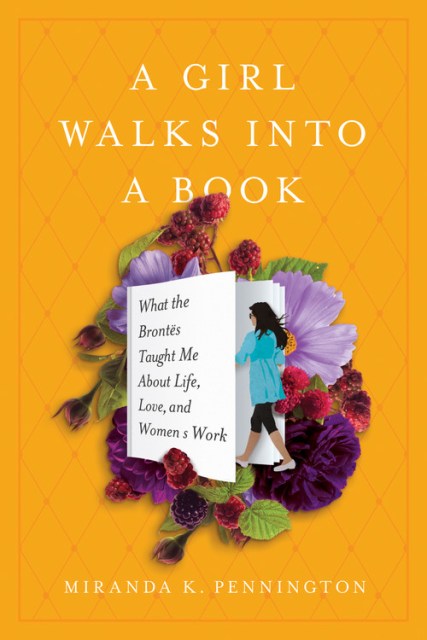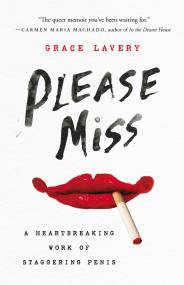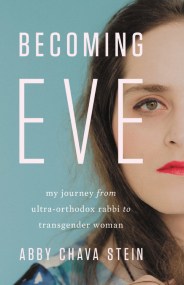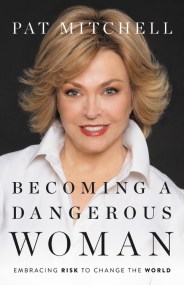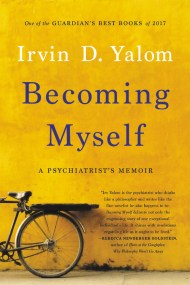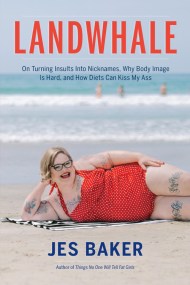Promotion
Use code MOM24 for 20% off site wide + free shipping over $45
A Girl Walks Into a Book
What the Brontës Taught Me about Life, Love, and Women's Work
Contributors
Formats and Prices
Price
$16.99Price
$22.49 CADFormat
Format:
- Trade Paperback $16.99 $22.49 CAD
- ebook $11.99 $15.99 CAD
This item is a preorder. Your payment method will be charged immediately, and the product is expected to ship on or around May 16, 2017. This date is subject to change due to shipping delays beyond our control.
Also available from:
Pennington, today a writer and teacher in New York, was a precocious reader. Her father gave her Jane Eyre at the age of 10, sparking what would become a lifelong devotion and multiple re-readings. She began to delve into the work and lives of the Brontë finding that the sisters were at times her lifeline, her sounding board, even her closest friends. In this charming, offbeat memoir, Pennington traces the development of the Brontëas women, as sisters, and as writers, as she recounts her own struggles to fit in as a bookish, introverted, bisexual woman. In the Brontëand their characters, Pennington finally finds the heroines she needs, and she becomes obsessed with their wisdom, courage, and fearlessness. Her obsession makes for an entirely absorbing and unique read.
A Girl Walks Into a Book is a candid and emotional love affair that braids criticism, biography and literature into a quest that helps us understand the place of literature in our lives; how it affects and inspires us.
Genre:
- On Sale
- May 16, 2017
- Page Count
- 320 pages
- Publisher
- Seal Press
- ISBN-13
- 9781580056571
Newsletter Signup
By clicking ‘Sign Up,’ I acknowledge that I have read and agree to Hachette Book Group’s Privacy Policy and Terms of Use
